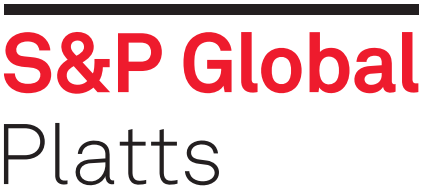German steel producers, traders, and buyers were heard almost consistently bullish on pricing over April, with a unanimous expectation that production and inventory levels were going to drop, according to S&P Global Commodity Insights monthly steel sentiment survey data.
The index for inventory sentiment stood at 18.75, suggesting that market participants expected stored steel volumes for April to be significantly low. This followed the expectations that market participants had in March when the index stood at around 37, highlighting lower expected inventories compared to February.
Traders and producers equally agreed that inventory levels were expected to be significantly lower during April, especially on the longs steel side, where most mills were heard to be selling from stock.
Steel producers doubled down on their stance on depleting inventory levels for April with an index of 12.50, down from when the index stood at 35 for March. Traders expected inventory levels to be stable in March with an index of 50, but it fell to 25 for April emphasizing the market trend.
S&P Global heard market talk that long steel producers might decide to halt production for a while amid rising costs and transportation issues that might hinder their supply of scrap.
“Stoppage in production depends on energy price and scrap availability. Therefore, there are some indications that mills might stop production for a few weeks, but we have not heard any official announcements yet,” one distributor source in the Benelux region told S&P Global.
On the flats steel side, production capacities were near-unanimously expected to reduce in April due to sky-rocketing energy costs related to the war in Ukraine, with some Electric Arc Furnace mills heard as limiting production to three days a week, and energy surcharges imposed on some existing mill contracts.
As such, and with buyers limiting purchasing to necessary coverage, inventory levels were consequently expected to decrease through the quieter summer period into the second half of 2022.
Production outlook edged lower from March as the index slid 13 points to 29 for April, still suggesting mills were in no hurry to produce. Steelmakers continued to operate at a low level of capacity utilization, following several production cuts in Europe over the last few months.
German long steel prices seen rising
The survey saw traders and producers equally bullish on pricing for long steel products, while the market expressed mixed sentiment for flat steel, with the April index at 75 points, down 2.5 from March.
Most long steel producers were heard to be offering material in the market in intervals and selling mostly from stock, leading to a supply deficit, which significantly outweighed demand.
Sources noted that customers were more concerned about product availability as compared to prices. In the meanwhile, domestic steel mills were heard to be adjusting to rising energy costs and scrap availability issues amid transportations strikes driven by high fuel expense.
As a result, market participants expected prices to continue to rise, driven by the supply-demand imbalance and high costs.
However, some market participants in the flats steel industry noted that panic purchasing was subsiding, and market had already reached a peak. Hence, prices levels would either be stable or drop in April, while most remained bullish on price trends.
EU flat steel market saw prices weakening during week ended April 1, due to buyer resistance to further increases, insufficient credit lines, and existing high inventory levels for buyers across the market.
Transactional activity was heard to be limited due to buyers’ high inventory levels, with most mills and buyers in a wait-and-see mode and avoiding restocking at high cost.
— Rabia Arif, Benjamin Steven






